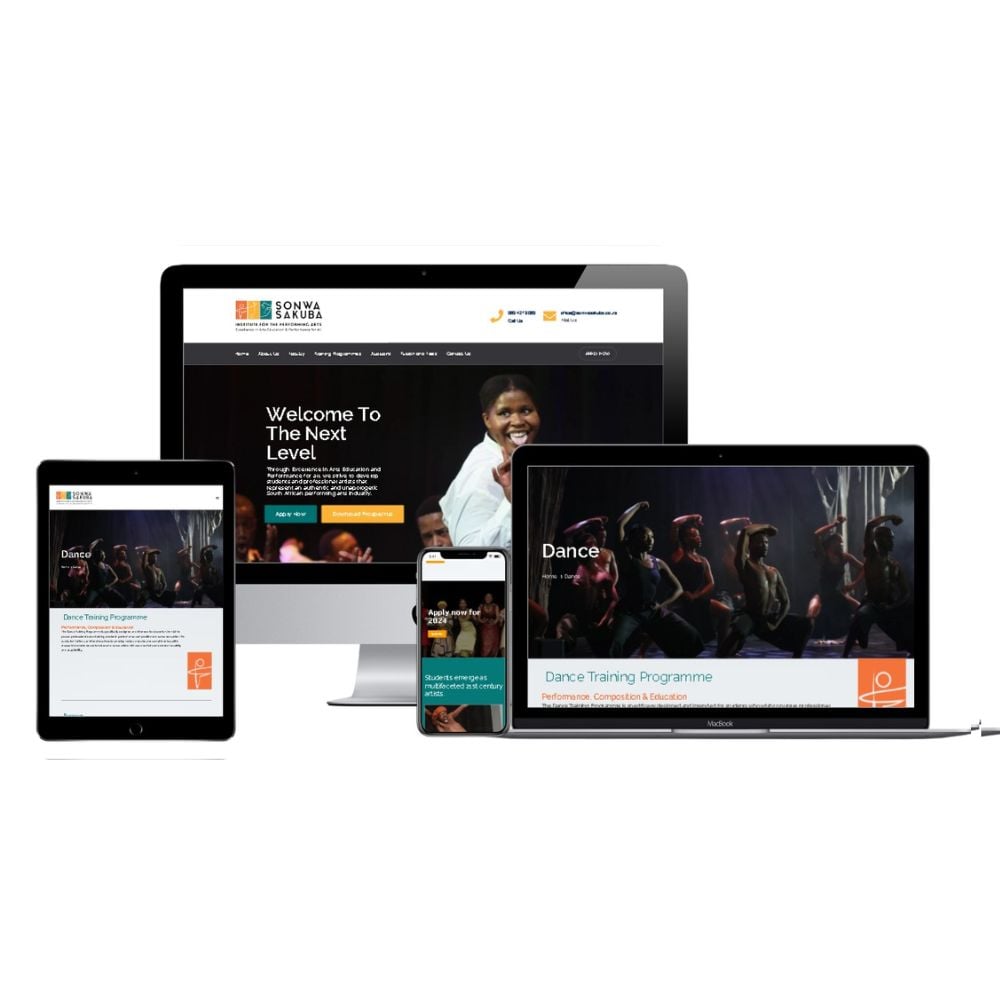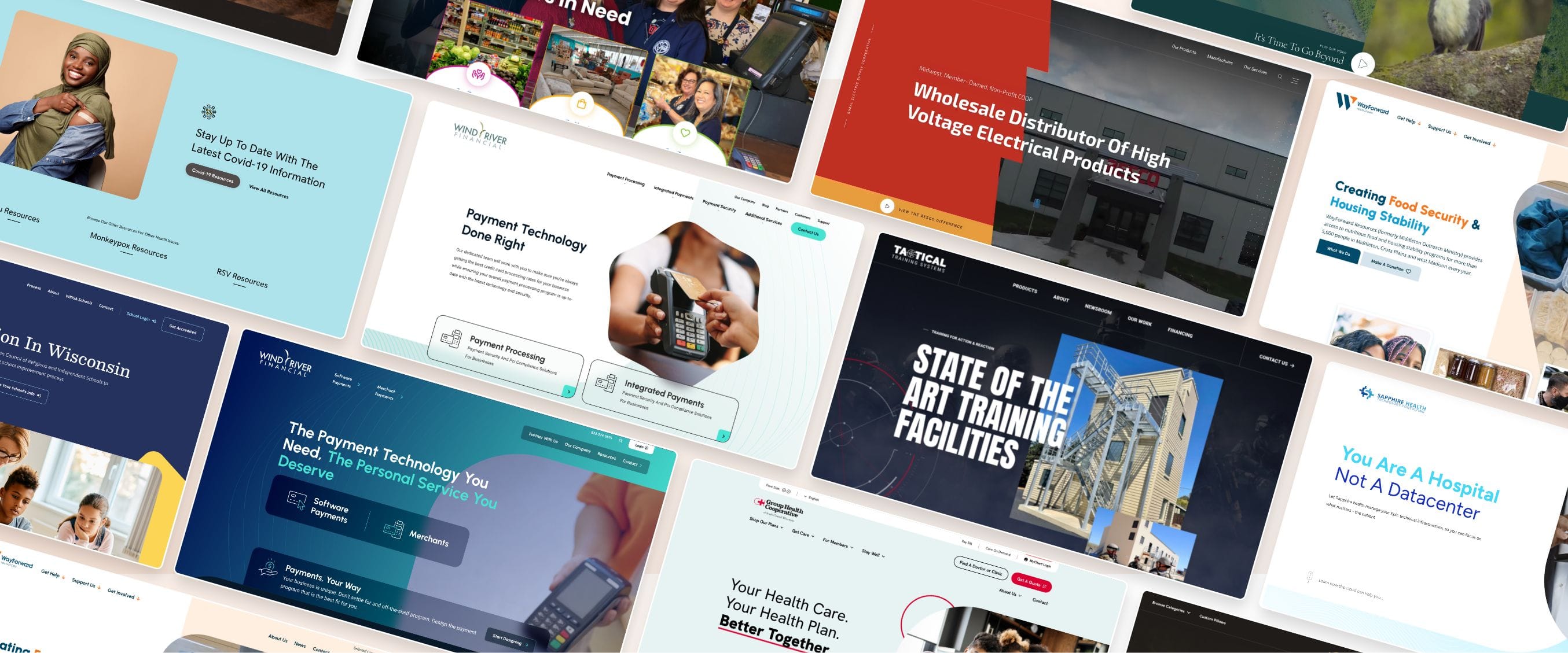Full-Service Website Design Solutions from Planning to Completion
Full-Service Website Design Solutions from Planning to Completion
Blog Article
Leading Tips for Creating an Impactful Site Layout That Transforms
In today's electronic landscape, the importance of an impactful web site style can not be overstated, specifically when it pertains to transforming visitors right into clients. To attain this, one need to think about a variety of factors, including understanding the target audience, focusing on individual experience, and maximizing for mobile systems. The strategic usage of compelling call-to-actions and a distinct aesthetic power structure plays an important function in directing individuals with their journey. As we explore these necessary aspects, it comes to be noticeable that the success of your site rests on greater than simply appearance; it requires a thoughtful strategy to layout and functionality.

Understand Your Target Market
Understanding your target market is basic to effective website design, as it prepares for developing an appealing individual experience. Determining that your customers are, including their demographics, choices, and behaviors, allows designers to tailor the site's web content, design, and functionality to meet certain requirements.
Conducting complete marketing research is vital in this procedure. Studies, meetings, and analytics can supply important understandings right into customer assumptions and pain points. By assembling this data, developers can create individual identities that represent various segments of the target market, guaranteeing that design decisions are educated and relevant.
Furthermore, understanding the target market aids in choosing ideal design elements such as color design, typography, and imagery that reverberate with users. A site that speaks straight to its audience fosters a feeling of connection and trust fund, urging longer gos to and greater conversion rates.
Inevitably, a user-centered strategy to website design not only enhances user satisfaction however likewise supports business objectives by driving engagement and loyalty. By prioritizing the needs and preferences of the target market, a website can successfully serve its purpose and accomplish desired end results.
Prioritize User Experience
To improve the total performance of an internet site, focusing on user experience (UX) is important (Website Design). A properly designed UX makes certain that visitors can navigate the website easily, locate info rapidly, and involve with content meaningfully. This leads to increased individual satisfaction and greater conversion prices
Begin by implementing instinctive navigation. Menus needs to be logically structured, allowing users to find crucial areas of the site with very little effort. Uniformity in layout components, such as color design and fonts, cultivates familiarity, which is essential for preserving user involvement.
Additionally, think about the filling speed of your website. A hold-up of just a few seconds can cause substantial drop-offs, as individuals are less most likely to wait for a slow-loading web page. Simplifying photos and optimizing code can improve efficiency and preserve site visitors.
By focusing on individual experience, you not just produce a much more satisfying setting for site visitors yet likewise strengthen your brand name's trustworthiness. Eventually, a focus on UX is a financial investment in the long-lasting success of your website.
Optimize for Mobile Gadgets
Enhancing for mobile devices is crucial in today's electronic landscape, where an increasing variety of customers access sites via mobile phones and tablet computers. A mobile-friendly design not just improves individual experience however additionally plays a substantial role in improving online search engine rankings. To accomplish this, it is important to take on a responsive style that automatically gets used to various display sizes and positionings.

Packing speed is another important aspect; mobile individuals are usually much less client and expect rapid accessibility to info. Enhance photos and take advantage of browser caching to improve performance. Examination your site on multiple gadgets and screen resolutions to identify and fix any prospective functionality issues. By focusing on mobile optimization, you make certain that your web site remains competitive and properly engages a broader target market.
Use Engaging Call-to-Actions
An internet site's efficiency commonly depends upon its capacity to direct visitors towards wanted activities, making engaging call-to-actions (CTAs) necessary elements of style. CTAs offer as the critical points that direct users to involve with the site, whether that suggests purchasing, signing up for a newsletter, or downloading and install a resource.
To develop effective CTAs, clarity is critical. Usage concise language that clearly connects the activity you desire the user to take. Expressions such as "Start," "Join Free," or "Store Now" not only convey necessity however likewise remove ambiguity. The positioning of CTAs is equally vital; they must be purposefully positioned throughout the web page to ensure they are quickly visible, particularly in high-traffic locations.
Additionally, the design of CTAs ought to stand apart without being meddlesome. Utilize contrasting colors and clear font styles to guarantee they capture interest. see this website Furthermore, take into consideration using directional cues, such as arrows or pictures, to guide individuals toward these buttons. By concentrating on these components, services can dramatically boost individual engagement, driving conversions and eventually attaining their internet site's objectives.
Focus on Visual Power Structure
Efficient website style depends heavily on helpful site a well-structured aesthetic hierarchy that overviews individuals through web content perfectly. By organizing components in a way that prioritizes details, developers can boost customer experience and facilitate decision-making. This involves utilizing size, color, comparison, and spacing strategically to attract focus to the most vital parts of a webpage.
Making use of bigger fonts for headings and subheadings develops a clear difference between different sections, permitting customers to scan material effortlessly. Additionally, employing different shades for switches and calls-to-action can catch individual attention and encourage interaction. Whitespace is one more crucial element; it avoids clutter and makes it possible for individuals to concentrate on crucial messages without interruptions.
Pictures and graphics must enhance the message while likewise sticking to the established power structure, enhancing the total message (Website Design). Consistency in style elements, such as color design and typography, additional reinforces the aesthetic power structure, making navigation intuitive

Final Thought
In verdict, effective website design demands an extensive understanding of the target audience, prioritization of user experience, and mobile optimization. Eventually, a well-executed site design serves as a critical part in driving customer actions and achieving service objectives.
Report this page